Table of Contents
Calisthenics is a great way to get in shape and improve your overall fitness. It's a versatile form of exercise that can be done anywhere, and it doesn't require any special equipment. If you're new to calisthenics, it's important to start slowly and gradually increase the difficulty of your workouts over time.
At Kizworld, we've put together a comprehensive beginner's guide to help you get started with calisthenics and improve your fitness on your own terms.
How to Start Calisthenics: A Comprehensive Guide for Beginners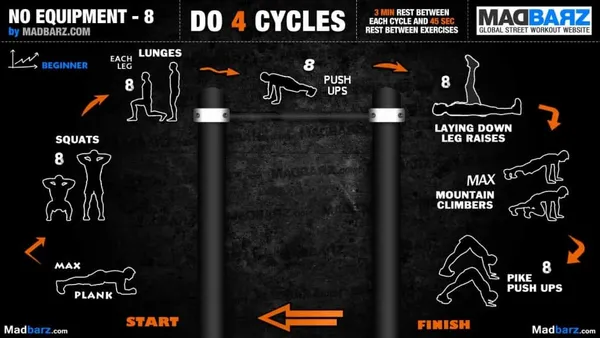
I. Calisthenics Key Takeaways
Topic | Key Takeaway |
|---|---|
Benefits | Improved strength, endurance, flexibility, and coordination |
Beginner Exercises | Bodyweight squats, push-ups, lunges, and rows |
Advanced Exercises | Pull-ups, dips, muscle-ups, and handstands |
Workout Plan | Start with 3-4 sets of 10-15 reps, rest for 60-90 seconds between sets |
Nutrition | Focus on whole, unprocessed foods like fruits, vegetables, and lean proteins |
Equipment | Basic equipment like a pull-up bar and resistance bands |
Safety | Start slowly, use proper form, and listen to your body |
Community | Share tips and encouragement with fellow calisthenics enthusiasts |
Rest | Recover between workouts to avoid overtraining and promote muscle growth |
Goals | Set realistic goals, track progress, and adjust accordingly |
Tips | Stay consistent, focus on form, and don't compare yourself to others |
II. How to Start Calisthenics: A Beginner's Guide
Essential Calisthenics Exercises for Beginners
Calisthenics is a form of exercise that uses your own body weight for resistance. It's a great way to improve strength, endurance, flexibility, and coordination, and it can be done anywhere, anytime. If you're new to calisthenics, there are a few basic exercises that you should start with.
- Bodyweight squats
- Push-ups
- Lunges
- Rows
Exercise | Benefits |
|---|---|
Bodyweight squats | Strengthens legs, glutes, and core |
Push-ups | Strengthens chest, shoulders, triceps, and core |
Lunges | Strengthens legs, glutes, and core |
Rows | Strengthens back, shoulders, and arms |
Once you've mastered these basic exercises, you can start to add more advanced exercises to your routine. Some popular advanced calisthenics exercises include:
- Pull-ups
- Dips
- Muscle-ups
- Handstands
When you're first starting out, it's important to start slowly and gradually increase the intensity of your workouts. Listen to your body and rest when you need to. And most importantly, have fun! Calisthenics is a great way to get in shape and improve your overall health.
How to Start Calisthenics: A Beginner's Guide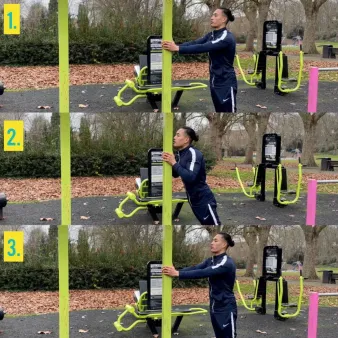
III. Essential Calisthenics Exercises for Beginners
Bodyweight Squats
Bodyweight squats are a great way to build strength and mobility in your legs and core. To do a bodyweight squat, stand with your feet shoulder-width apart and your toes slightly turned out. Lower your body down until your thighs are parallel to the ground, then push back up to the starting position. Learn more about bodyweight squats.
Push-ups
Push-ups are another excellent exercise for building upper body strength. To do a push-up, start in a plank position with your hands shoulder-width apart and your feet together. Lower your body down until your chest is almost touching the ground, then push back up to the starting position. Learn more about push-ups.
Lunges
Lunges are a great way to work your legs, glutes, and core. To do a lunge, step forward with one leg and lower your body until your back knee is close to the ground. Push back up to the starting position and repeat with the other leg. Learn more about lunges.
Rows
Rows are a great way to build strength in your back and arms. To do a row, grab a set of dumbbells or kettlebells and hold them in each hand. Hinge at your hips and lower your chest towards the ground. Row the weights up to your chest, then slowly lower them back down. Learn more about rows.
Calisthenics Exercises | Benefits |
|---|---|
Bodyweight squats | Builds strength and mobility in legs and core |
Push-ups | Builds upper body strength |
Lunges | Works legs, glutes, and core |
Rows | Builds strength in back and arms |
As you progress in your calisthenics journey, you can start to add more advanced exercises to your routine. These exercises might include:
Pull-ups
Pull-ups are a great way to build strength in your back, arms, and core. To do a pull-up, grab a pull-up bar with an overhand grip and hang from it. Pull yourself up until your chin is above the bar, then slowly lower back down. Learn more about pull-ups.
Dips
Dips are a great way to build strength in your chest, triceps, and shoulders. To do a dip, grab a pair of parallel bars and place your hands on them shoulder-width apart. Lower your body down until your chest is close to the bars, then push back up to the starting position. Learn more about dips.
Muscle-ups
Muscle-ups are a challenging but rewarding exercise that combines a pull-up and a dip. To do a muscle-up, grab a pull-up bar with an overhand grip and hang from it. Pull yourself up until your chin is above the bar, then transition into a dip and lower yourself down until your chest is close to the bars. Push back up to the starting position and repeat. Learn more about muscle-ups.
Handstands
Handstands are a great way to improve your balance, strength, and coordination. To do a handstand, start in a downward-facing dog position. Step one foot forward and place your hands flat on the ground, shoulder-width apart. Slowly lift your legs up off the ground and extend them into a handstand position. Learn more about handstands.Calisthenics is a versatile and challenging form of exercise that can benefit people of all ages and fitness levels. By following the tips in this article, you can get started with calisthenics and start reaping the many benefits it has to offer.
Essential Calisthenics Exercises for Beginners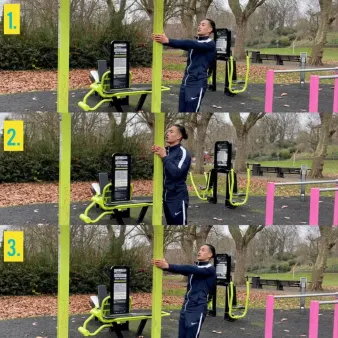
IV. Tips for Progressing in Calisthenics
Set Realistic Goals
Don't try to do too much too soon. Start with a few basic exercises and gradually add more as you get stronger. It's also important to set realistic goals for yourself. Don't expect to be able to do a muscle-up overnight. Just keep practicing and you'll eventually reach your goals.
Be Consistent
The key to progress in calisthenics is consistency. Try to work out at least 3 times per week. Even if you can only do a few exercises each time, it's better than nothing. As you get stronger, you can gradually increase the frequency and intensity of your workouts.
Focus on Form
Proper form is essential for progress in calisthenics. If you don't use the correct form, you're more likely to get injured. It's also important to focus on the quality of your reps, rather than the quantity. A few well-executed reps are better than many sloppy reps.
Don't Compare Yourself to Others
Everyone progresses at their own pace. Don't compare yourself to others and get discouraged if you're not seeing the same results. Just focus on your own progress and keep working hard.
Related Posts:
- How to Do a Muscle-Up
- The Best Calisthenics Gifts and Accessories
- The Best Calisthenics Quotes and Motivation
Calisthenics Exercise | Benefits |
|---|---|
Pull-ups | Strengthen back, arms, and core |
Push-ups | Strengthen chest, shoulders, and triceps |
Squats | Strengthen legs and glutes |
Tips for Progressing in Calisthenics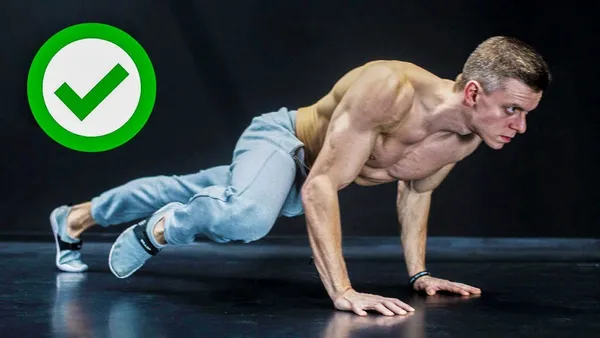
V. Common Mistakes to Avoid in Calisthenics
Mistakes Beginners Make
Calisthenics is amazing, but you need to watch out for some beginner mistakes. Don't jump into harder exercises without getting your foundation right. Learn the basic skills and progressions first to avoid injury and improve your overall technique. Starting with the basics will also help you see quicker gains in the long run.Another big beginner mistake is focusing on how you look than your form. It may be tempting to try and perform fancy and complex movements, but it's more important to focus on your form. Training with good form will help you execute exercises safely and effectively, which will lead to better results.Don't be discouraged if you can't do a particular movement right away. Everyone starts somewhere. Just keep practicing consistently and you'll be surprised at how quickly you progress.
Mistakes Intermediate and Advanced Athletes Make
Once you've mastered the basics, you may start to get a little too comfortable. This can lead to stagnation and even injury. Keep challenging yourself by learning new moves and increasing the intensity of your workouts. To make your workouts more challenging design your own calisthenics routine.
Month | Savings | Interest |
|---|---|---|
January | $100 | $0.25 |
Another common mistake is overtraining. It's important to listen to your body and rest when you need to. Overtraining can lead to burnout, injury, and decreased performance. Make sure to recover properly between workouts and don't push yourself too hard.Finally, don't compare yourself to others. Everyone is on their own unique fitness journey so focus on your own progress. There will always be someone stronger or weaker than you. The most important thing is to be consistent with your training and to enjoy the process.
Common Mistakes to Avoid in Calisthenics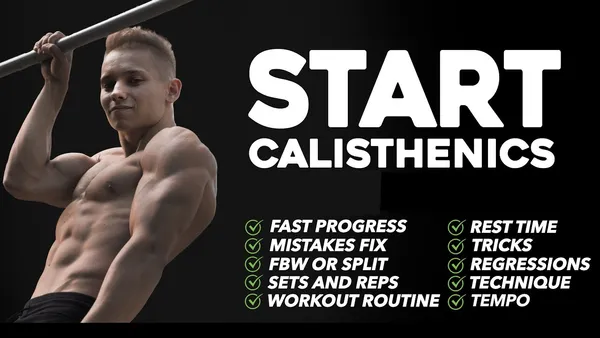
VI. Conclusion
Calisthenics is a great way to get in shape and improve your overall health. It is a challenging but rewarding form of exercise that can be done anywhere, anytime. If you are new to calisthenics, start slowly and gradually increase the intensity and duration of your workouts. Be patient and consistent, and you will be amazed at the results you can achieve.
Remember to warm up before each workout and cool down afterwards. Listen to your body and take rest days when you need them. With dedication and hard work, you can achieve your calisthenics goals.